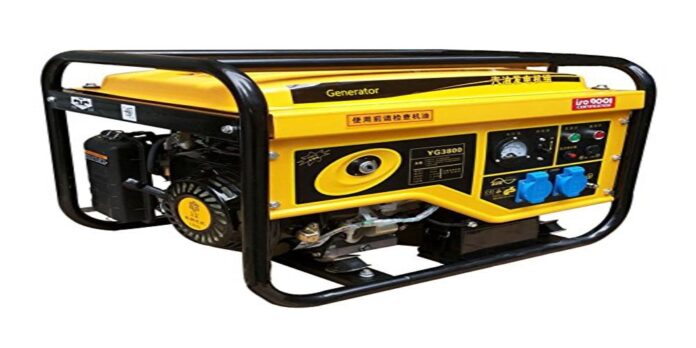Generators are an essential tool for a wide range of jobs, from construction and landscaping to emergency preparedness. There are plenty of good generators on the market, but it’s important to know what kind of generator you need in order to make a purchase that will work for your needs. This article will explore what wattage is, why wattage matters for generators, how this DEWALT DXGNR3000 generator works well as a portable power source, and more.
Generators are classified by wattage.
The wattage is the amount of power a generator can produce, measured in watts. A generator’s wattage is determined by multiplying voltage by current. For example, let’s say you have an electric motor with a voltage of 12V and current of 5A running from your generator. The total wattage would be 60W (12 x 5).
The DEWALT DXGNR3000 is a 3500-watt generator.
The DEWALT DXGNR3000 is a 3500-watt generator.
It’s great for running household appliances, tools and materials on the job site or at home.
The 3500 watts of continuous power can run multiple tools at once, or you can use it to charge batteries or power an air compressor.
Wattage can be confusing, but it’s worth getting a handle on.
The wattage of a generator is a good indication of how much work it can do. Wattage is the amount of power that a generator can produce in one minute. The higher the wattage, the more energy it can produce—and the larger or more demanding your project will be.
An average home uses about 1,200 watts when all its appliances are on at once and 2,000 watts when they’re not. In comparison, a single 120-volt light bulb draws 60 watts; an electric range uses 15–30 kW; and an air conditioner uses 5–20 kW per hour (depending on fuel efficiency).
So what does this mean? It means that if you want to run a decent amount of electronics in your house—say an electric range, microwave oven and TV—you’ll need something like 9 kW (9 kilowatts) worth of capacity. If your goal is simply to keep things running during an emergency rather than use power tools or warming up meals indoors (or doing anything else other than basic cooking), you should be able to get by with 3–6 kW worth of capacity without needing any inverter for conversion between 110/120 VAC outlets vs 240 VAC appliances like refrigerators or freezers.[1]
A 3kw generator provides steady, portable power.
A 3kw generator provides steady, portable power. It’s a good size for many applications and can provide power to a range of devices and machines. If you need electricity in remote areas, on construction sites or at home, the 3kw generator offers portability without compromising power output. You can easily move it around with its built-in wheels or carry it by hand if necessary. The 3kw generator requires minimal setup once you receive it—plug in your desired device and turn on the machine to get started!
A 3kw generator can provide power to a range of devices and machines.
Although 3kw generators are most commonly used for powering tools and equipment, there are also a number of ways you can use a generator to power your home appliances.
You can use a generator to charge batteries for portable electronics like smartphones and tablets. This is especially useful if you live in an area prone to power outages or if you’re going camping and want to be able to keep your phone charged during the trip.
You can also run more powerful appliances like refrigerators, microwaves, and televisions on a 3kw generator. While this may not necessarily be necessary when it comes time for casual weekend outings at home or away from home, it’s an important consideration if you’re considering purchasing one of these units as part of a bigger project (for example: installing solar panels).
Portable generators can be taken anywhere you might need power.
The first thing to note about portable generators is that they are lightweight and easy to carry. This means you can take it wherever you need power, whether it’s for camping or for emergency situations. Portable generators have also been designed specifically for use in loud environments, such as construction sites and farms, so they won’t be as noisy as larger generators. Because of their small size, portable generators are also more fuel efficient than larger ones, so you don’t need as much gas when running them. Finally, because they’re smaller (and quieter) than other models, they can even be used in remote locations where there aren’t any electrical outlets nearby!
Portable generators require minimal setup.
Portable generators are simple and ready to use right out of the box. You don’t need any tools, assembly or training to get it going—fill up the tank and turn it on. Portable generators are also easy to fuel: most models accept standard gasoline and can be refueled using a siphon hose or small pump.
Conclusion
Portable power is not only for construction sites and emergencies. It can be used for a variety of recreational purposes too. If you’re looking for reliable, portable power without getting dirty or loud, then it’s time to invest in a generator!


